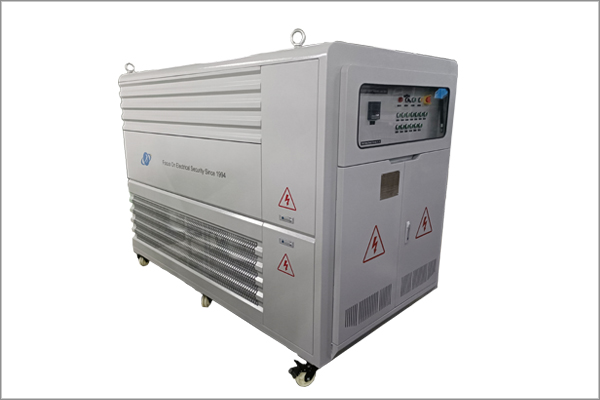Key Considerations for Purchasing a Resistive Load Bank
Time:2025-11-18
A resistive load bank is a core tool for testing power equipment such as generators, UPS systems, and inverters. Its selection directly affects test accuracy and equipment safety. When purchasing, focus on core needs while balancing performance, application scenarios, and quality.
The key considerations are as follows:
Firstly, clarify core technical parameters. The rated power must match the tested equipment, with a recommended 20% margin to avoid overloading. For power adjustment precision, step-type or continuously adjustable models are preferred to meet diverse testing requirements. The voltage adaptation range should align with the equipment's output level and support ±10% voltage fluctuation to ensure test stability. The resistance accuracy should be ≤±1% and the temperature coefficient ≤50ppm/℃ to minimize the impact of ambient temperature on data. Heat dissipation performance is crucial: air-cooled models (noise ≤75dB) are suitable for low-power applications, while water-cooled designs are recommended for high-power scenarios to ensure long-term full-load operation.
Secondly, adapt to the usage scenario. Portable models are ideal for low-power (≤10kW) testing due to their mobility; cabinet or modular products are recommended for medium to high-power (10kW-100kW) applications to support expansion; water-cooled or container-type models need to be customized for ultra-high-power (≥100kW) testing. Ordinary models suffice for basic load simulation, while intelligent models with PLC control are suitable for complex tests. For multi-purpose testing, resistive-inductive-capacitive composite products can be considered.
Thirdly, strictly control product quality and safety. Core resistors should preferably be made of nickel-chromium alloy, and electrical components should be from well-known brands such as Schneider. Multiple protections including overload, over-temperature, short-circuit, and over-voltage/under-voltage protection are essential. The shell should be made of rust-resistant materials with standardized wiring and reliable grounding.
News Recommendation
-
 2024-09-11
2024-09-11TRIUMPH LOAD EXHIBITING AT Enlit Europe 2024 -BOOTH 7.H08
-
 2023-04-21
2023-04-21TRIUMPH LOAD EXHIBITING AT DATA CENTER WORLD GERMANY 2023-BOOTH F909
-
 2023-04-06
2023-04-06TRIUMPH LOAD EXHIBITING AT ELECTRIC POWER TECH KOREA 2023 – Booth G109
-
 2022-05-05
2022-05-05What is the role of ac load bank for power supply?
-
 2022-05-05
2022-05-05What is the role of the load bank?


